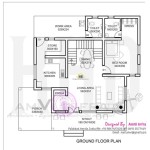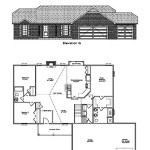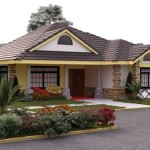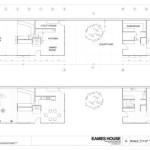Small Sip House Plans: Essential Considerations for a Compact and Efficient Home
Small sip house plans offer a multitude of benefits for homeowners seeking a compact and efficient living space. These plans are designed to maximize space utilization, minimize energy consumption, and provide a comfortable abode without compromising on style and functionality.
1. Defining Your Needs and Requirements
The first step in selecting a small sip house plan is to clearly define your needs and requirements. Consider the number of bedrooms, bathrooms, and other spaces you need. Determine the desired square footage and budget. These factors will guide you in narrowing down the options that meet your specific criteria.
2. Floor Plan Layout
The floor plan layout plays a crucial role in the functionality and comfort of your home. Small sip house plans often feature open-concept designs that create a spacious and airy feel. Consider the flow of traffic and the placement of windows and doors to ensure natural light and ventilation.
3. Structural Integrity
Structural integrity is paramount in the design of small sip house plans. The use of structural insulated panels (SIPs) provides superior insulation and strength compared to traditional construction methods. SIPs are comprised of two layers of oriented strand board (OSB) with a core of expanded polystyrene (EPS) foam, providing excellent thermal resistance and durability.
4. Energy Efficiency
Small sip house plans are renowned for their energy efficiency. The airtight construction and high levels of insulation significantly reduce heat loss and air leakage. This can result in substantial savings on energy bills and a more environmentally friendly home.
5. Customization and Flexibility
While many small sip house plans are available as pre-designed options, there is often flexibility for customization. You can work with an architect or designer to modify the plans to suit your specific needs and preferences. This flexibility allows you to create a home that truly reflects your style and lifestyle.
6. Indoor Air Quality
Small sip house plans often incorporate materials and techniques that promote indoor air quality. The use of low-VOC finishes and air filtration systems helps to minimize pollutants and create a healthier living environment.
7. Budget Considerations
The cost of building a small sip house plan will vary depending on several factors, including the size, complexity of the design, and local building regulations. It's important to factor in the cost of materials, labor, and any required permits. With careful planning and attention to energy efficiency, you can create a small sip house that fits within your budget.
Conclusion
Small sip house plans offer a compelling option for those seeking a compact, efficient, and stylish home. By considering the essential aspects outlined above, you can select a plan that meets your needs, maximizes space utilization, and provides a comfortable living environment for years to come.

How To Build A Sips Tiny House Diy From

Building With Sips Houseplans Blog Com

Starenergy 18 36 Small House Kit Project

What To Know About Building A Tiny House Using Sips The Life

Sip Houses Siphouse

Starenergy 18 36 Small House Kit Project

Prefab Passive Solar Green Homes Modern Kits Sip House Eco Design Kit Plans

Custom Sip Tiny House As Seen On Tv Rocky Mountain Houses

Sip Built Single Story Tiny Homes In House Blog

Sips Framing Systems For Residential Construction Premier








